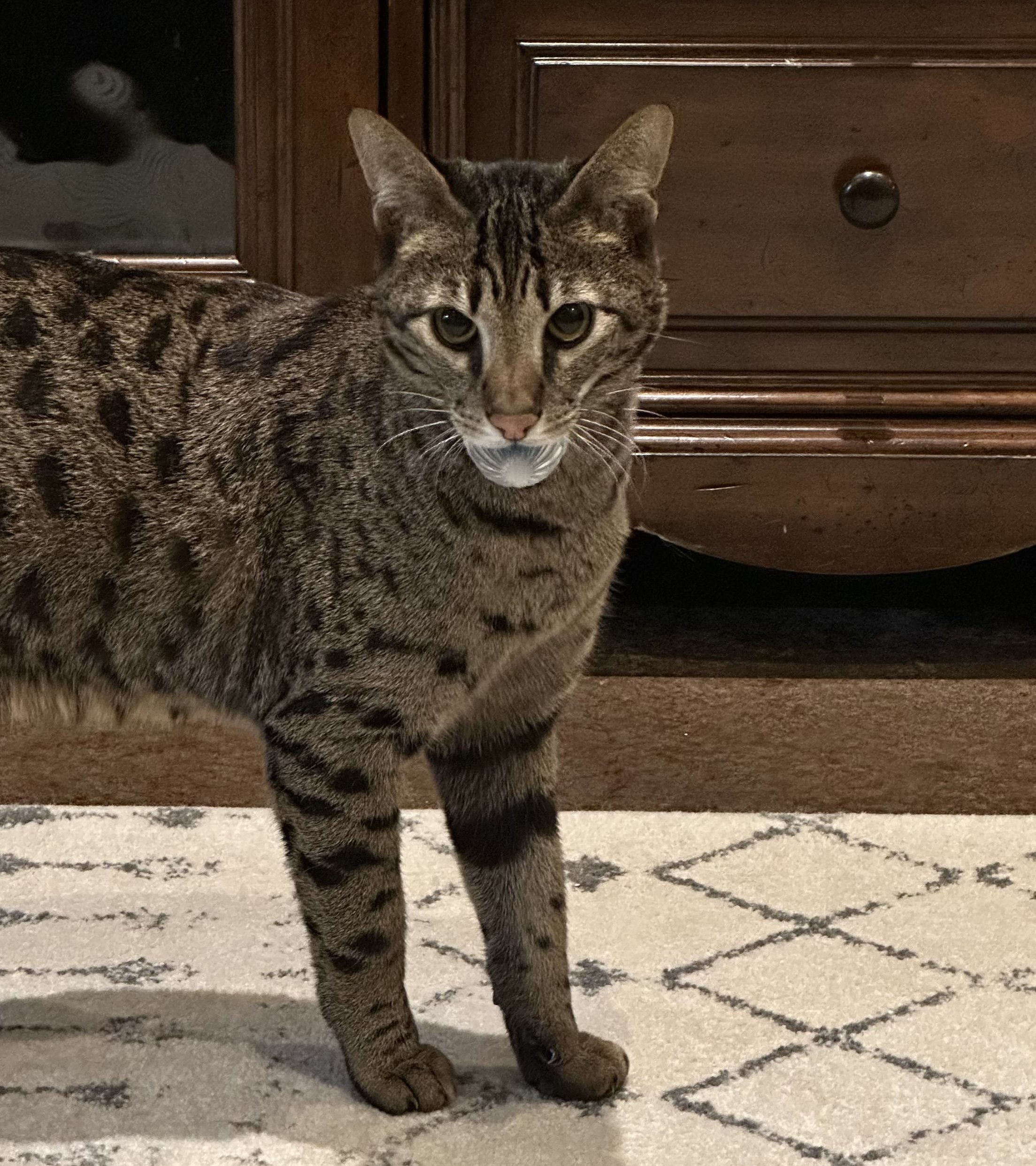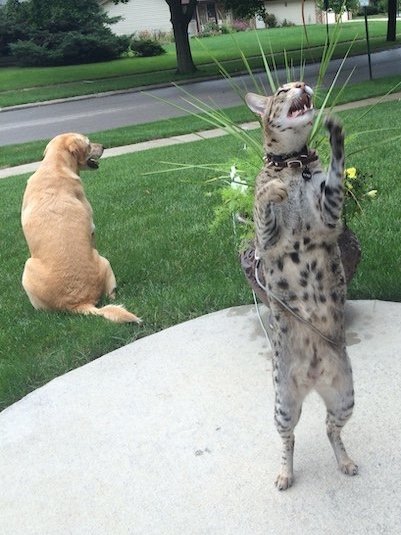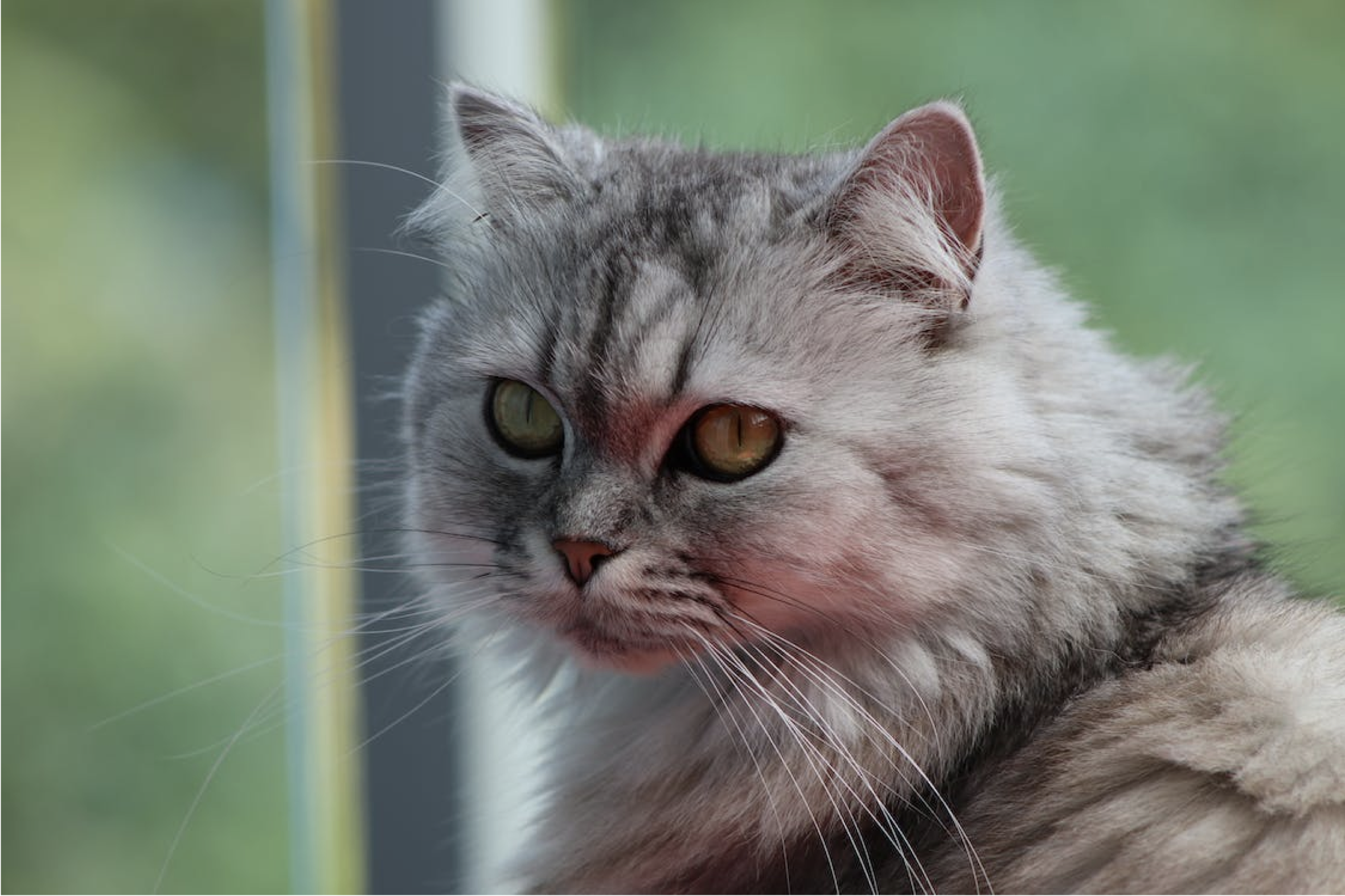For new pet owners, ‘how to take care of cats?’ is a likely question that is often Googled. Cats make for wonderful pets, and they have a reputation for knowing how to keep themselves clean. Still, that doesn’t mean that you can ignore the importance of grooming at home.
This is particularly important in the context of ticks and fleas. Once you have a serious infestation, it can be a nightmare to get rid of them. What’s more, there are several dangerous diseases that your cat can fall victim to if you let these parasites propagate on your feline.
Thankfully, tick-prevention measures are easy to start right away. With a little effort, you will be more than equipped to keep your pet clean and healthy.
In this article, we will look at some of the most important tick-prevention steps to keep in mind. Remember, you don’t have to be a certified cat groomer to keep your pet tick-free and clean!
So, without further delay, let’s jump right in.
Understand the Potential Sources
Ultimately, the best way to control flea infestations is to know where they come from. Sadly, pet owners are often clueless about such aspects and keep trying to treat the symptoms rather than the source. It can also be legitimately confusing in some cases as well.
For instance, the cat may live indoors and rarely go out, but they still have fleas and ticks. How does that happen? Usually, if you have a dog or even another cat that loves going out, they can bring ticks and fleas home.
Once fleas and ticks are on your cat and in your home, they will lay their eggs near the cat’s environment. This often includes their bedding, nearby carpets, rugs, and furniture. When they hatch, they make their way to your cat, and an infestation cycle begins.
When it comes to ticks, the fully fed, mature ones will even disperse throughout your home and find corners to lay eggs. Thus, it’s not just enough to check your cat; you also want to ensure that ticks haven’t started to propagate in your home.
Consider Anti-Tick Collars
Cats love their exploratory adventures, and a big part involves journeys through wildlife and leafy areas. Unfortunately, such trips often mean your cat is vulnerable to having ticks latch on to them.
We generally think of ticks as more of a dog problem, but they can very much affect cats as well. Moreover, since you don’t really know where your cat is running off to each day, it’s even more tricky.
Thankfully, there are a number of measures you can take to prevent tick and flea infestations. The Seresto collar for cats tends to be a popular option because it doesn’t require much work from your side.
According to PetCareRX, this type of tick collar can be effective for up to eight months, which is not bad at all. That said, while these cat collars are useful, it’s not a 100% guarantee that ticks and fleas will disappear.
In fact, no measure is 100% effective, which is why it’s a good idea to also examine your cat when they return home from their adventures. Run your fingers across their body and try to feel for small bumps.
While there are many types of ticks out there, they all tend to look pretty similar, being reddish in color and having a spider-like body. If you are pulling one out, ensure that you use proper tick tweezers, as you risk leaving the head in if you remove them improperly.
Medication Can Be Effective, But Be Aware of Side Effects
If, by chance, the situation has gotten really bad, your vet might recommend medication. There are a number of different ways they can be administered. The first option is a topical, ‘spot-on’ sort of treatment.
You dab a small amount onto the skin surface of your cat’s neck, and this should repel fleas. The active ingredient for such treatments tends to be either fipronil, imidacloprid, or selamectin.
Besides spot-on treatments, you can also opt for oral medications, which cause the active ingredients to circulate in the bloodstream. When the ticks and fleas draw blood, the medication either repels or outright kills them.
The main drawback of such medication is their potential side effects. Your cat might face minor issues like skin irritation and fur loss, but it can also get worse. It isn’t unheard of for there to be neurological symptoms in the form of seizures and tremors. Some cats also start to drool excessively, which can be scary to witness.
The general consensus is that these medications are safe, but quick searches will show you a lot of concerning anecdotal reports by pet owners. Even the FDA has cautioned pet owners to be aware of the side effects of drugs like Credelio, Nexgard, and Bravecto.
Thus, speak to your vet and see if medication can be kept as a sort of last resort. It is far safer to opt for a tick or flea collar and use it in combination with other preventive steps. If your cat is particularly weak, please be very careful and consider the risk of medication. Yes, it’s likely that your cat may not react at all, but there is still going to be a risk.
In conclusion, preventing a tick and flea infestation requires some effort from your side. More than blindly using random treatments, the most important factor is understanding how these infestations start and progress.
Too often, cat owners react lazily to the early signs. However, before they know it, they are faced with an impossible situation. Baths aren’t effective, and even if they manually remove as many ticks as possible, reinfestation seemingly occurs overnight.
As such, take the time to really assess what stage your cat is in. If there aren’t any fleas or ticks yet, remember that it’s not a guarantee that things will remain the same.
You need to actively take preventive measures because, once the first few latch on, the infestation cycle begins quickly.











